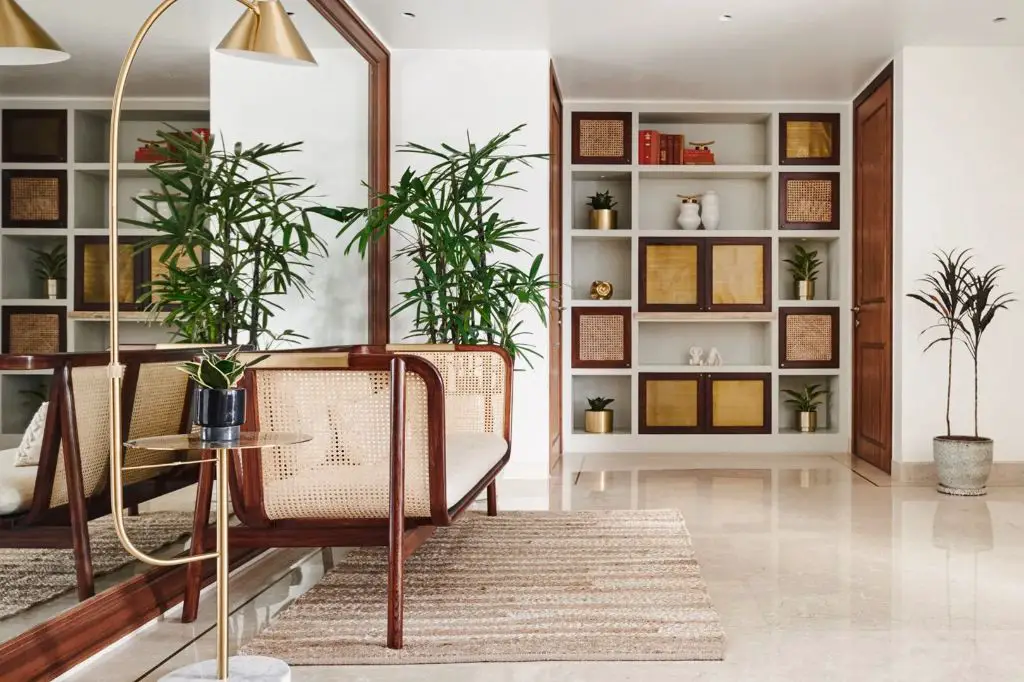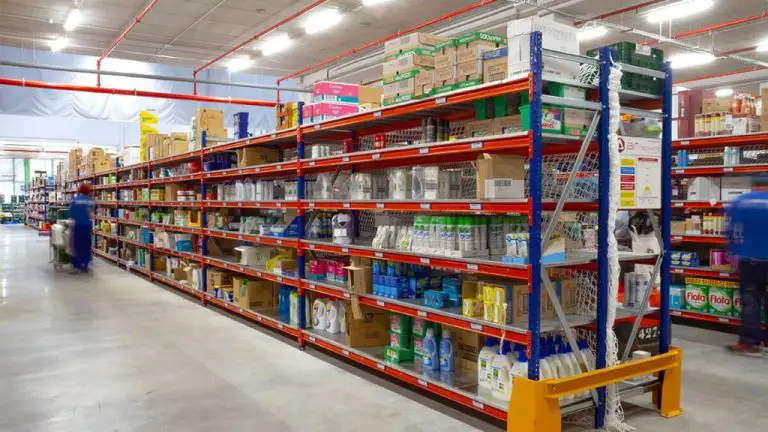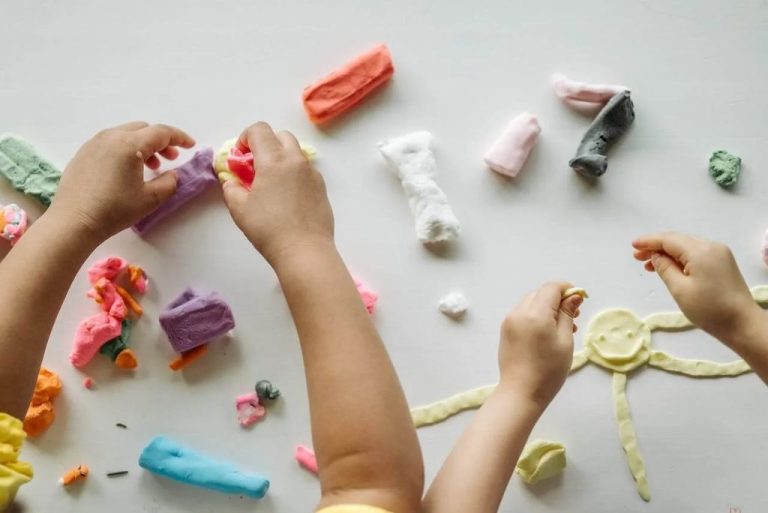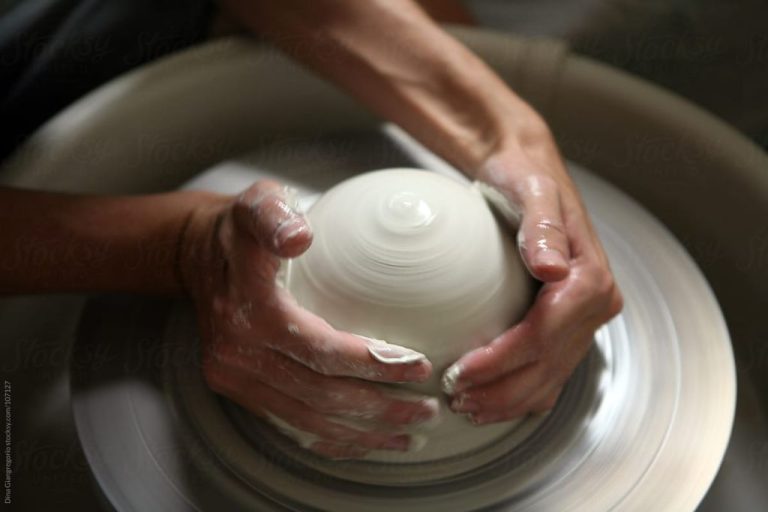What Is The Best Color For A Craft Room?
Choosing the right color for a craft room is an important design decision that can greatly impact the functionality and enjoyment of the space. The color palette sets the overall mood and atmosphere, influencing factors like creativity, focus, energy levels, and more.
When selecting colors for a craft room, it’s crucial to consider the purpose of the space and the types of activities that will take place there. The goal is to create an environment that promotes productivity, reduces stress, and enhances the crafting experience. Some key criteria to evaluate include:
– Calming or energizing effects of different hues
– How color affects lighting and illumination needs
– Coordination with existing furniture/floors
– Personal color preferences of the crafter(s) using the space
By thoughtfully analyzing these factors, it becomes possible to select an optimal color scheme for the craft room that supports the space’s intended function.
Consider the Purpose of the Room
Craft rooms are spaces designed for creativity, focus, and productivity. The color palette you choose for a craft room should promote concentration and flow. Since crafting requires attention to detail and keeping multiple ideas organized, the colors should not be overly stimulating. Instead, aim for a soothing, calming environment.
Cool tones like blues, greens, and grays are recommended for craft rooms and other productivity spaces. According to research from Corporate Suites, blue can increase productivity and create a sense of calmness. Green also creates a relaxing atmosphere. Neutral tones help the mind relax and prevent visual overload.
Craft rooms are meant to be inspiring havens for hobbies and creative projects. Keep this purpose in mind when selecting a color scheme. Stick to colors known to enhance productivity, creativity, and focus.
Opt for Calming, Neutral Tones
When choosing colors for a craft room, it’s best to opt for calming, neutral tones. Warm neutrals like beige, tan, and light brown are especially relaxing and create a soothing environment. These earthy hues promote concentration and creativity without being distracting.
Avoid bold primaries like bright red, blue, and yellow in a craft room. While vibrant, these colors can actually be overstimulating and make it hard to focus. They can also visually shrink the space, which is not ideal.
Stick to muted neutrals like dove gray, almond, and ivory on the walls. You can then add pops of brighter accent colors in decor, furniture, and storage pieces while keeping the backdrop soothing.

Add Pops of Color Strategically
While keeping the overall color palette neutral and calming is recommended, incorporating pops of brighter, more energizing colors strategically through decor and accents can liven up the space.
Bring in brightly colored artwork, flowers, pillows, and other accessories in bolder shades like citrus yellow, cherry red, lime green, or cobalt blue. Place these energetic accents near workstations where you’ll be doing projects and crafts. The vibrant colors can help inspire creativity and energy when you need a boost (source).
Aim for brights that relate to the purpose of your craft room – think about complementary colors that match the type of materials and mediums you’ll be working with. A quilter may opt for rich deep jewel tones, while a polymer clay artisan may prefer neon brights.
Limit the pops of brighter color to decor and accessories so the background remains soothing and neutral. This allows the eye to focus while providing exhilarating bursts of color when needed.
Choose Colors with Natural Lighting in Mind
The amount of natural light in your craft room should factor into your color selection. Northern rooms may need lighter colors to compensate for less sun exposure. According to Blue Painting, lighter tints of cool blues, grays, and greens work well in north-facing rooms with limited direct sunlight (1).
On the other hand, southern rooms with ample sunlight can handle deeper, warmer hues. Chatfield Court recommends golds, ambers, and brick tones for south-facing spaces, as these colors complement the sunny atmosphere (1). Just be wary of going too dark or saturated, as the colors could become overwhelming when hit with direct light.
To determine the right balance, observe how the natural light enters and fills the room at different times of day. Paint large swatches on the walls, viewing them in both daylight and evening lighting. Then choose the tones that brighten up the space without appearing overly vibrant.
Consider Ceiling Color
The color you choose for the ceiling can dramatically impact the feel of the room. Lighter ceiling colors like white or off-white can help make a room feel more open and airy. According to this source, ceilings that are lighter than the wall color will appear higher. On the other hand, darker ceiling colors like gray can create a cozier, more grounded feel in a space. As noted in this Houzz article, using a darker neutral on the ceiling that contrasts with the walls in tone but not undertone can create a very livable effect.
When choosing a ceiling color for a craft room, consider whether you want the space to feel airy and open or cozy and enveloping. Lighter ceilings lend themselves better to rooms used for messy crafts like painting or sewing, as they make the space feel larger. Darker ceilings may be preferable for focused crafts like jewelry making or model building that require concentration. Test paint swatches on the ceiling before fully committing to get a sense of how light and dark colors will transform the feel of your craft room.
Test Paint Swatches
One of the best ways to narrow down paint colors is to test out large paint swatches directly on your walls. Painting generous 2×2 or 3×3 foot squares will give you a much better sense of how the tone and intensity of the color looks in your actual space, compared to just a small paint chip or sample. Be sure to paint the swatches on the walls where they will ultimately go, since lighting differences in various parts of the room impact color.
It’s also crucial to view the test swatches at different times of the day and with lighting you’ll typically use in the evening. Natural lighting shifts quite a bit from morning to afternoon to evening, which really changes how paint colors look. So scrutinize the swatches under all the various lighting conditions the room will encounter before making a final paint color selection.
According to interior designer Nicole Balch, “the best way to ‘try on’ a color before committing to it is to paint large test swatches” (https://www.glidden.com/advice/tips-for-choosing-paint-colors). Taking the time to test out paint samples will help you feel confident in your final choice before repainting an entire room.
Think About Furniture and Floors
When choosing a color for your craft room, it’s important to consider how the hue will pair with your existing furniture and floors. As Liz Baynard discusses in her video, you’ll want to choose a color that complements any wood tones in your furniture or cabinets (Facebook, 2022). Warm neutrals like tans, browns, and golds tend to work well with wood finishes. On the other hand, grays and blues may make wood tones seem more orange or yellow. Take stock of the main furniture pieces and cabinetry in your craft room and select a wall color that enhances rather than fights against those natural wood tones.
Additionally, think about how your wall color will look alongside tile or carpeting. You may want to echo or complement the tones already present in your flooring. For example, pairing a warm taupe paint with neutral tile or hardwood floors can create a cohesive feel. Or go for contrast with a soothing blue-gray on the walls and rich hardwood below. Just be sure to view large paint swatches alongside your flooring before deciding.
Factor in Personal Preference
When choosing colors for a craft room, it’s important to consider your own personal color preferences. Your favorite colors can be energizing and inspiring when you’re working on creative projects. According to this source, colors affect mood, so avoid hues that cause you stress or anxiety.
Think about colors that make you feel peaceful, focused, or creative. For example, if cool blues are calming for you, consider using that as an accent color. Or if sunny yellow boosts your mood, use it in artwork or decorative items. Select colors that will make your craft room a space you enjoy spending time in.
Conclusion
When selecting the ideal color for a craft room, it’s important to consider factors like the purpose of the space, lighting, personal preferences, and furniture. Overall, calm neutral tones like off-white, light grey, or pale blue tend to work best as they provide a soothing backdrop that won’t compete with colorful projects. Accent walls in bolder shades of teal, yellow, or green can add personality. The key is finding the right balance of neutrals and pops of color that enhance your creativity.
To summarize, aim for colors that make you feel focused yet inspired. Softer tones allow your projects to shine, while small bright splashes energize. Test out paint samples to find the right undertone and check colors at different times of day. Consider flooring and furniture colors too for a cohesive look. Most importantly, choose a color palette that brings you joy and sets the right mood so your craft room becomes your favorite creative escape.




